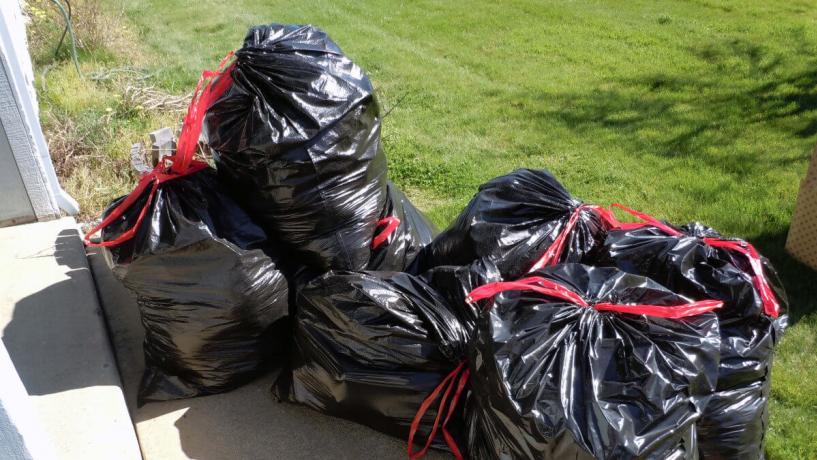
Between one-third and one-half of food produced for human consumption is wasted each year according to the FutureFood 2050 initiative.
That's more than 1.3 billion tonnes which could, if not wasted, feed over 1.25 billion people on the planet.
FutureFood 2050 which is sponsored by the Institute of Food Technologists (IFT) released some particularly startling facts related to the US:
- 31% of all food produced for human consumption ends up as waste
- This is the equivalent of 60 billion kilograms of food per year
- The retail value of this is USD $161.6 billion
- The amount of lost calories is 141 trillion
- This is 1249 calories per person per day
But we can't assume it's just an American issue. Let's look at some of the statistics for Australia provided by OzHarvest:
- In Australia, over 4 million tonnes of food is wasted per person per year
- That's 178kg per person
- The retail value of this food is AUD $7.8 billion
The Date Labelling Problem
Confusion and inconsistency over date labelling on food is a significant contributor to the food waste issue:
- 25% of food discarded was due to it being past its "Sell By Date"
- 37% of food discarded was due to it being past its "Use By Date"
- 10% of people believe that eating food past its "Best By Date" is a serious health risk
What do these Labels Mean Anyway?
This labelling confusion is leading to unnecessary food waste. Let's take a look at what these labels actually mean:
- "Sell By Date" is the date, determined by the food manufacturer, by which the food should be sold. Typically, one-third of the product's shelf-life remains after this date meaning that it is safe to eat for quite some time longer.
- "Use By Date" is the date by which the food should be consumed. This is the one to look out for as products should always be discarded after this date.
- "Best By Date" is the date by which the product should be consumed for ideal quality. Similarly to sell by date, the shelf life of the product may continue for quite some time past the best by date.
What Can be Done?
FutureFood 2050 recommend a 4-step approach for industry to take to help alleviate this issue:
- Collaborate to develop a simple workable solution to address the challenges faced by food manufacturers, retailers, government officials, consumers and other stakeholders
- Align to develop a more consistent date-marking system
- Provide clear and simple consumer direction on food quality and safety
- Conduct more research to evaluate and develop other indicator technologies related to food product quality and safety
What About Closer to Home?
Changes to food labelling legislation in Australia and internationally are likely to take some time.
However, if you are keen to reduce food waste in your business you may wish to consider donating leftovers to a charity or not-for-profit organisation such as OzHarvest. OzHarvest collect excess food at zero cost to food businesses and distribute it immediately to those in need.
This food can provide real value:
- Over 2 million Australians rely on food relief at some point every year
- 1 million Australian children go to school without breakfast or to bed without dinner every day
- 60,000 low income working families in Australia go without meals or are food insecure
Want to Learn More?
There are some great resources out there about reducing food waste. Visit one of the following websites to find out more:





